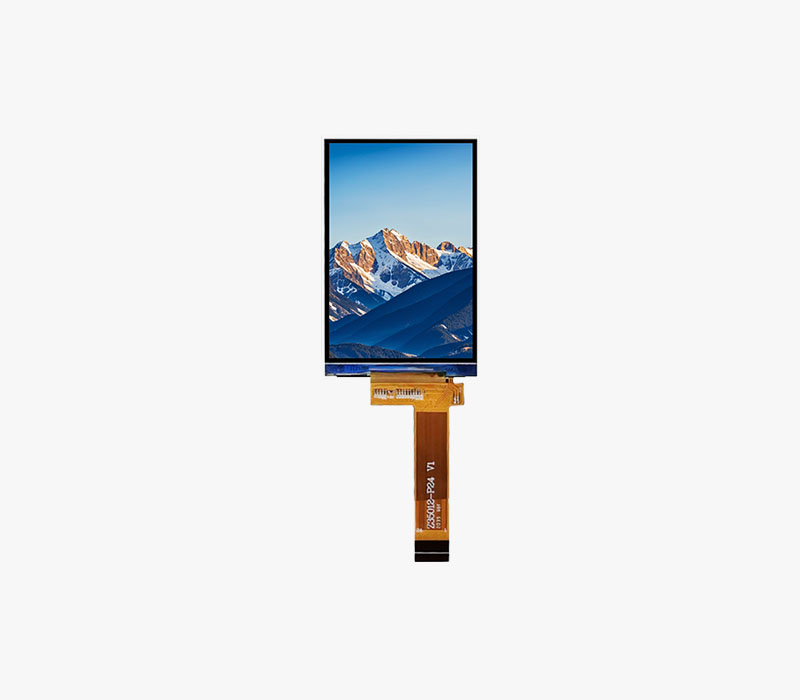




In - vehicle liquid crystal displays (LCDs) have transformed the automotive interior, becoming an essential part of modern vehicles. These displays serve multiple functions, ranging from infotainment to vehicle monitoring and safety.
One of the primary applications of in - vehicle LCDs is the infotainment system. Drivers and passengers can enjoy music, videos, and access various streaming services through these displays. With touch - screen functionality, users can easily navigate through menus, select playlists, and adjust settings. Additionally, in - vehicle LCDs often integrate with smartphones via technologies like Apple CarPlay and Android Auto, allowing seamless access to phone contacts, messages, and navigation apps. This integration enhances convenience and safety, as drivers can keep their eyes on the road while still accessing important information.
For vehicle monitoring, in - vehicle LCDs display crucial information such as vehicle speed, fuel level, engine temperature, and warning messages. Some advanced systems even provide real - time data on tire pressure, battery health, and driving performance. This information helps drivers stay informed about their vehicle's condition and take preventive measures to avoid potential breakdowns.
In terms of safety, in - vehicle LCDs play a significant role. Rear - view cameras, which are often displayed on the LCD screen, assist drivers in parking and reversing by providing a clear view of the area behind the vehicle. Some vehicles are also equipped with surround - view cameras, which use multiple cameras to give drivers a 360 - degree view of the vehicle's surroundings, reducing blind spots and enhancing overall safety.
The design of in - vehicle LCDs also needs to meet specific automotive requirements. They must be able to operate in a wide temperature range, from extremely cold to very hot environments. They also need to be resistant to vibrations and shocks that are common in vehicles. Moreover, the display quality should be sufficient to ensure readability in different lighting conditions, including bright sunlight and at night. Manufacturers often use anti - glare coatings and high - brightness panels to address these challenges. As the automotive industry continues to evolve towards autonomous driving, in - vehicle LCDs will likely play an even more important role in providing information and enhancing the driving experience.
